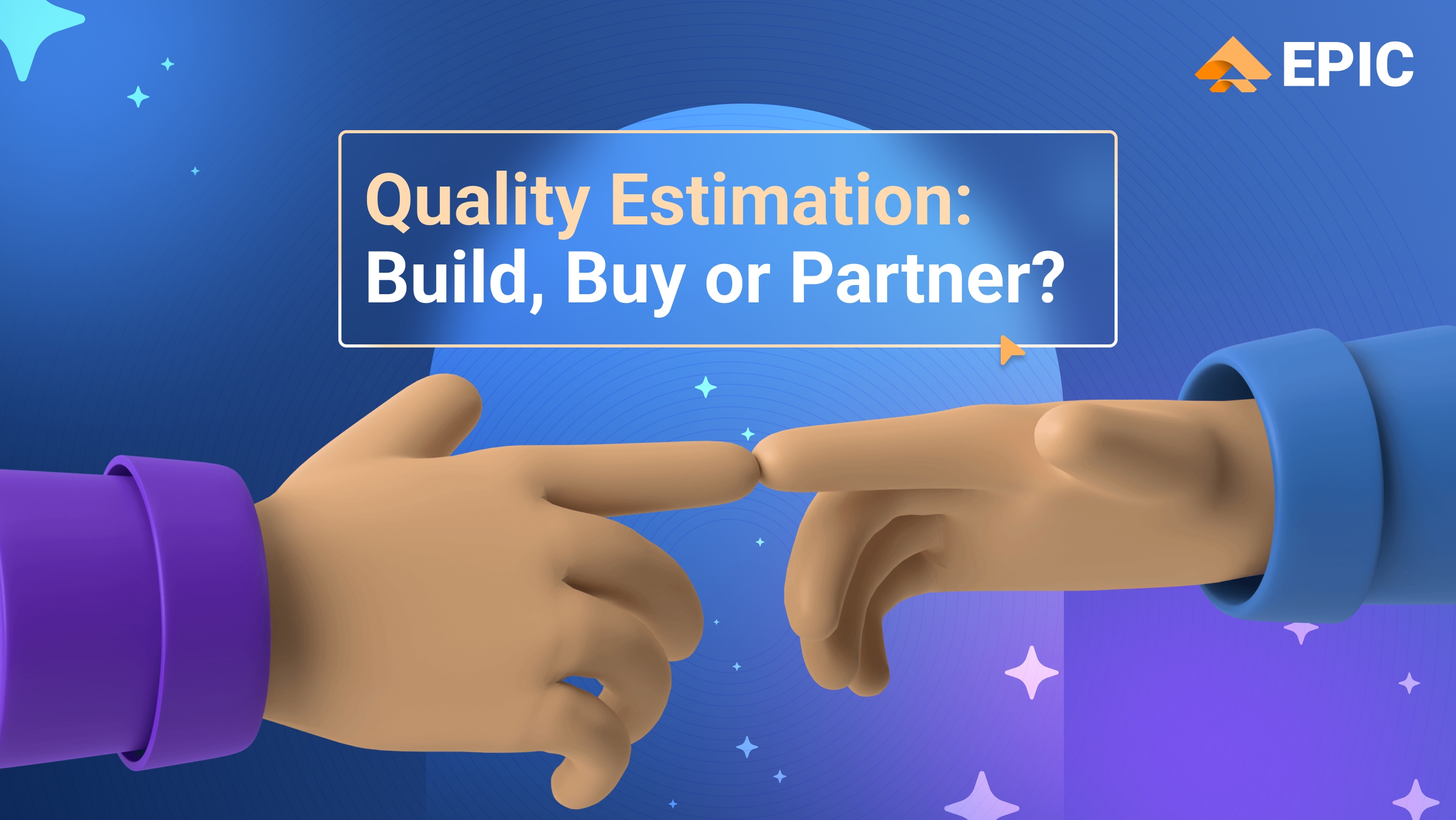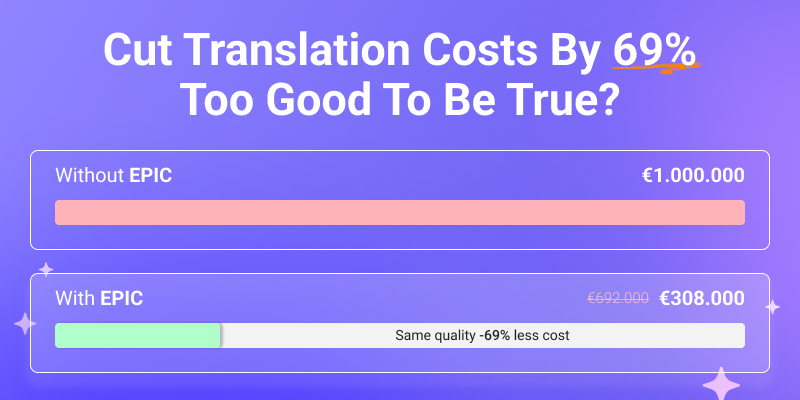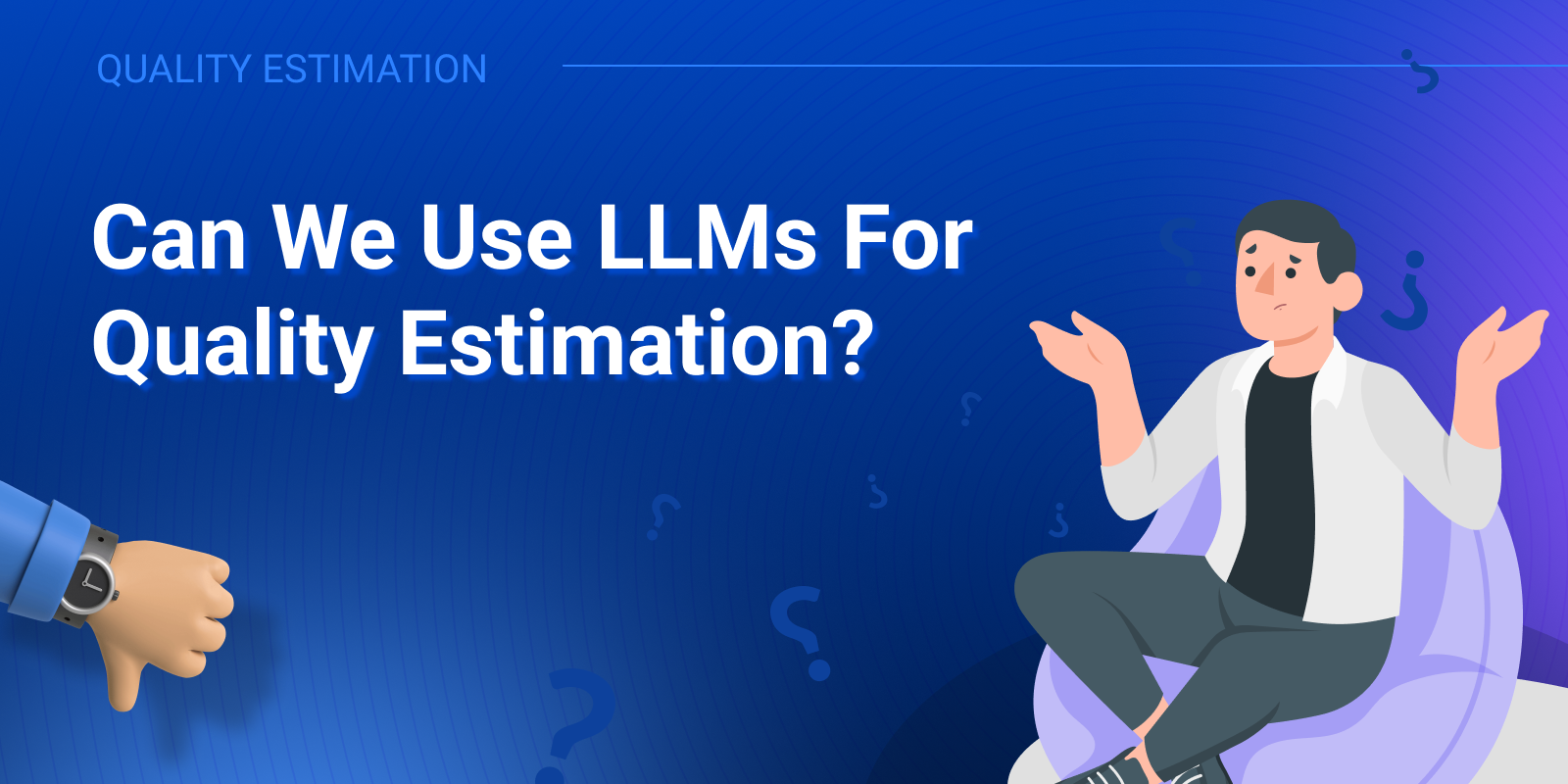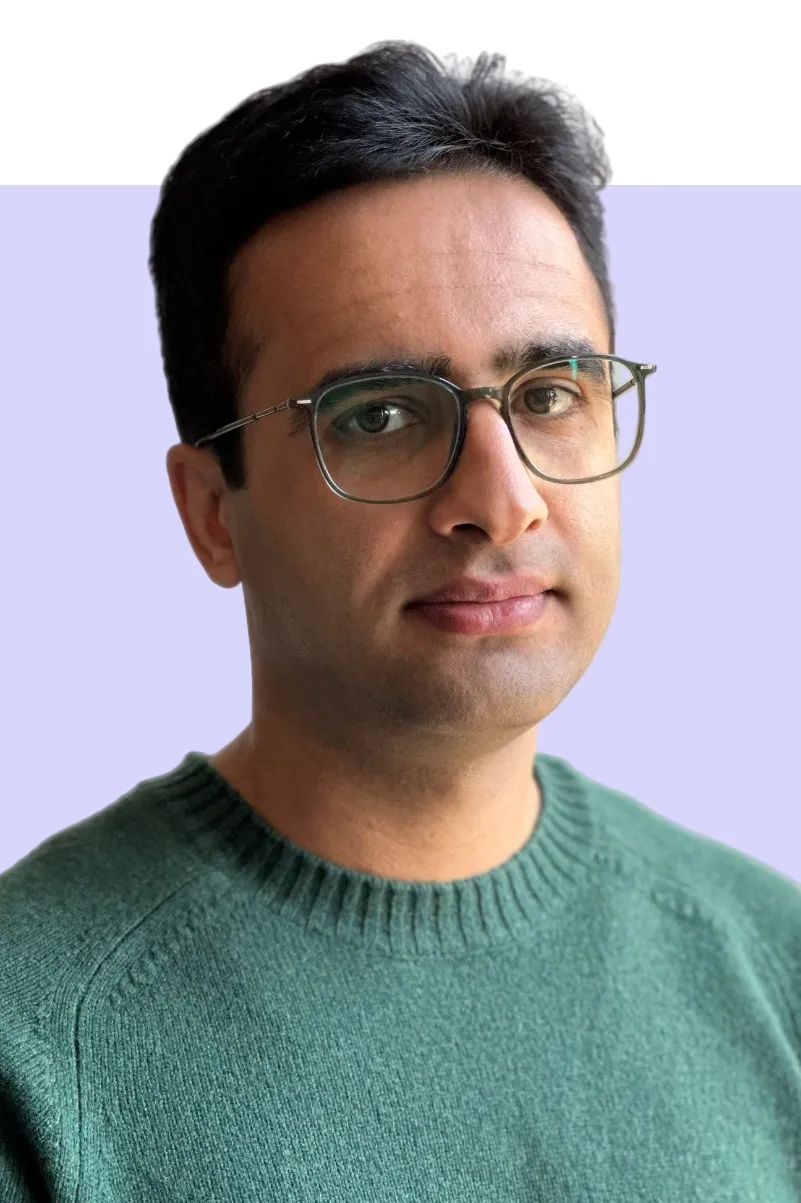Quality Estimation: A Smart Filter for Cost-Effective Translation Workflows
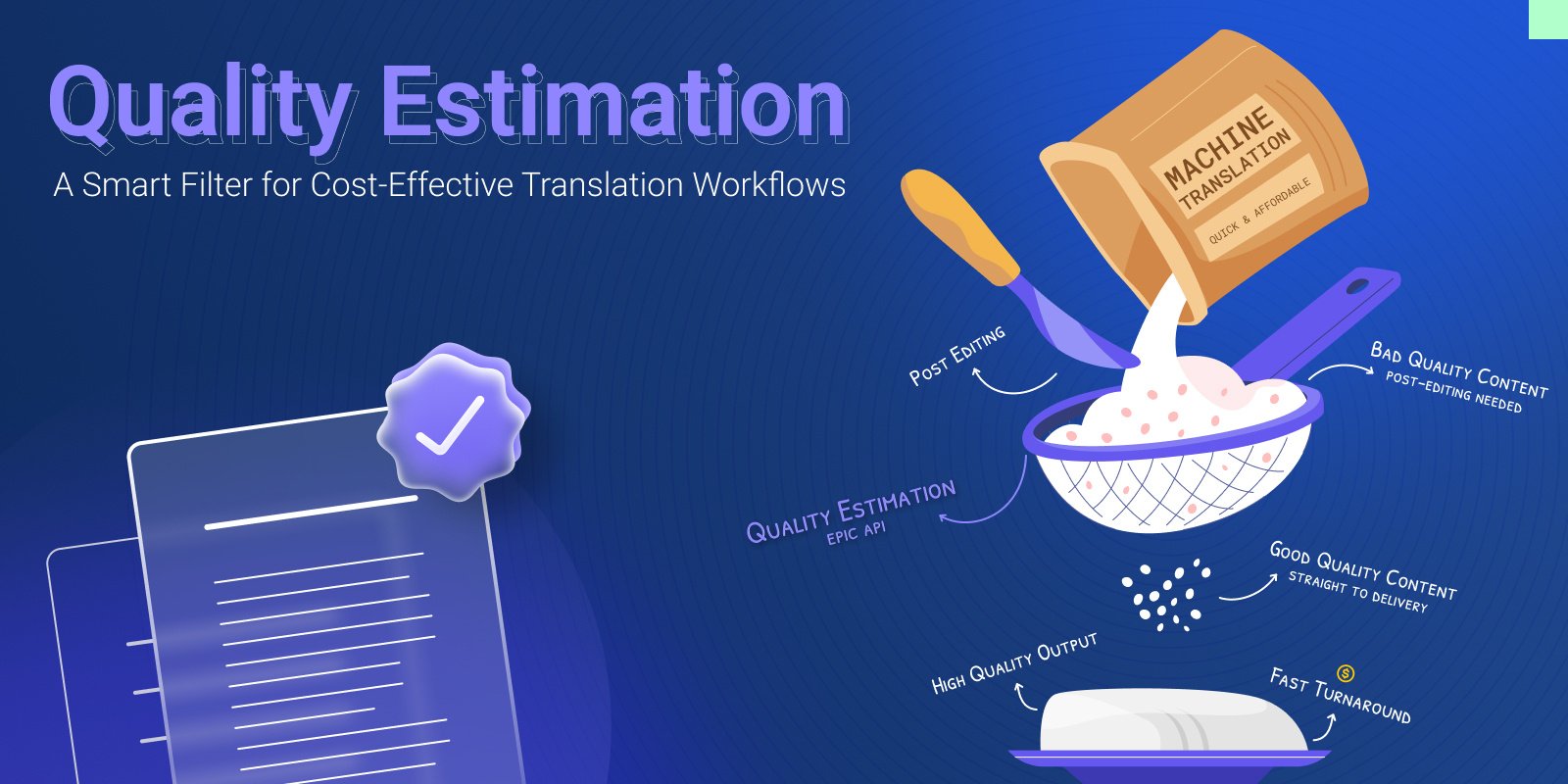
Unlock cost-effective translation workflows using Quality Estimation and Large Language Models for faster, high-quality results and discover how to optimize your translation process.
In today’s fast-paced global economy, businesses need translation solutions that are not only high-quality but also fast, scalable, and cost-effective.
While advanced workflows like Machine Translation with Post-Editing (MTPE), offer improvements over traditional translation methods, it can still face challenges such as high costs, slower turnaround times, and scalability when handling the large-scale demands of modern businesses.
This is where Quality Estimation (QE) is emerging as a critical tool, revolutionizing translation workflows by making them smarter, faster, and significantly more cost-effective.
Why MTPE Alone Isn’t Enough
Machine Translation (MT) is undeniably fast, but there remains a trust deficit when it comes to quality, despite steady improvements in accuracy over the years.
To ensure quality, MT is often paired with human review and Post-Editing (PE), which, while faster than traditional human translation, still limits MT's full potential to meet the needs of businesses in the social media age, where speed and efficiency both are critical.
The real question is: do we really need human review for every sentence produced by MT?
Enter Quality Estimation (QE): The Key to Faster, More Efficient Workflows
Imagine dramatically cutting the time and cost of post-editing while still delivering high-quality translations. QE makes this possible. Instead of requiring human post-editors to review every segment, QE uses AI to automatically assess the quality of machine-translated content.
It flags only the segments needing human or advanced AI attention, allowing businesses to handle large-scale translation projects more efficiently. This streamlines workflows, making them faster and more scalable.
By automating quality checks, QE can speed up post-editing by up to 50% and more, letting human editors focus only where it's truly needed.
How QE and LLMs can Work Together for Optimal Results
Large Language Models (LLMs) are highly capable of generating language and can be applied to tasks such as translation. However, current evidence indicates that LLMs out-of-the-box do not surpass, or even match, the quality of specialized MT systems.
To fully utilize the potential of LLMs, advanced methods like prompt engineering and Retrieval Augmented Generation (RAG) are necessary. With the right prompts and setup, LLMs can be effectively used for tasks like automatic post-editing (APE), making them a powerful addition to translation workflows.
This approach can significantly reduce or even eliminate the need for human involvement, enabling real-time translations at minimal cost.
Why Not Use LLMs for Everything?
While LLMs are powerful and versatile, they are not at the moment efficient at handling large volumes of content. The challenge isn’t their performance but their cost and inefficiency at scale.
This is where QE proves invaluable. By filtering out high-quality segments, QE ensures that only the lower-quality translations are sent to LLMs for post-editing, making the process faster and scalable, at the same time more cost-effective.
The Ultimate Workflow: MT + QE + LLM APE
The most efficient modern translation workflow combines the strengths of both MT and LLMs, delivering accurate translations without driving up costs.
- MT generates the initial translation
- QE filters high-quality segments
- LLMs handle low-quality segments, ensuring final accuracy
A Real-World Example: E-Commerce Translation Scenario
Imagine a global e-commerce platform that needs to translate 1 million words of product descriptions within one month. By leveraging the MT + QE + LLM APE workflow and selectively applying LLM for PE, the company can streamline the process, reduce costs, and maintain high translation quality.
Here’s how this workflow delivers exceptional results:
- Faster Completion: The company can finish the entire project in just 1 week, far quicker than traditional translation methods.
- Significant Cost Savings: With QE filtering out high-quality segments, only the translations needing refinement are passed to LLMs, reducing the workload and cutting costs by 70-90%.
- Enhanced Quality: This hybrid approach of MT, QE, and LLM-assisted post-editing ensures high translation accuracy, optimizing both speed and cost, and ultimately boosting customer satisfaction.
Cost Comparison: Breaking Down the Numbers
Here’s how the costs compare for different workflows:
- MT Cost: Approximately $100 (using Google Translate API at $20 per million characters)
- QE Cost: Approximately $1,000 (based on the TAUS QE API, priced at $200 per million characters).
- Post-Editing (PE) Rate: $0.02 – $0.04 per word for manual post-editing.
- LLM Cost: $5 per million input tokens and $15 per million output tokens for GPT-4o.
- Estimated Token Usage: For a project of this scale, expect around 40-50 million input tokens (assuming a prompt size of 300 words per segment) and 2-5 million output tokens.

Curious to Learn More?
Ready to learn how QE and LLMs can transform your translation workflow? Register here to use our free trial.
If you are interested to learn even more about QE, check out references shared below:
- Real-world Use Cases;
- How Quality Estimation Scoring Works;
- Quality Estimation Benchmarking Report.

Amir Kamran joined TAUS as Senior Data Engineer in September 2017, and now works as a Solution Architect. His primary duties include collaborating with engineering and machine learning teams to develop new solutions, NLP tools, and trends that improve TAUS' offerings. He also supports the sales team by designing and implementing proof of concepts for TAUS products and services. Amir holds a master’s degree in Language and Communication Technologies, graduating as an Erasmus Mundus scholar from Charles University in Prague and the University of Malta. He previously worked as a Research Developer on machine translation projects at the University of Amsterdam and Charles University in Prague.
